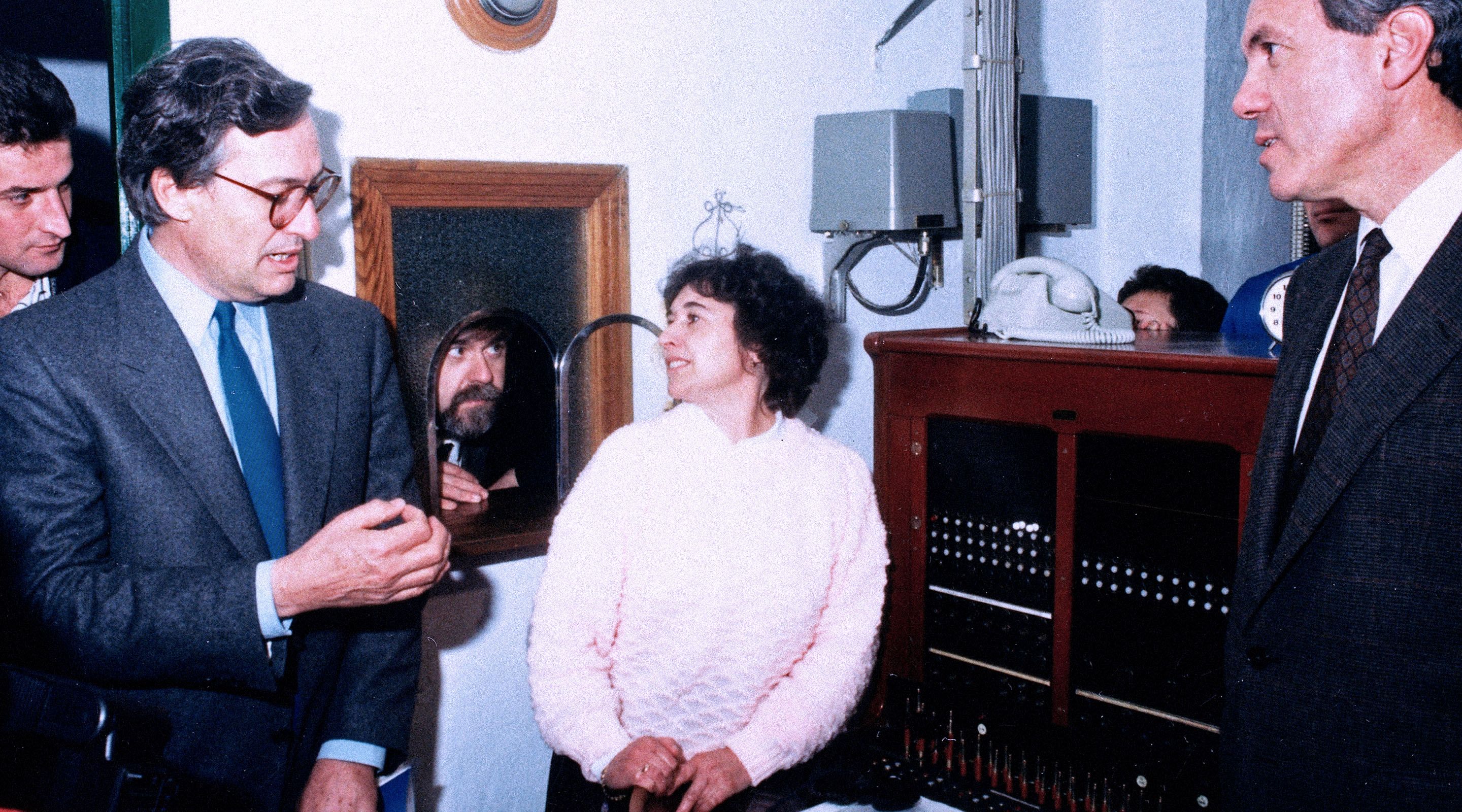
1988
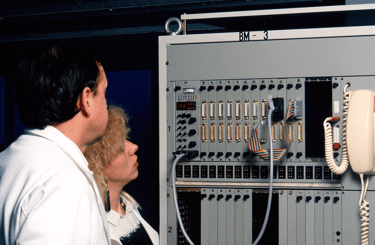
The last call made by teleoperator takes place in a small village in the Alpujarra of Granada, Polopos. The network is now fully automatic. At the same time, all of Telefónica's innovation is concentrated in a new subsidiary that is key to our history: Telefónica I+D.
Farewell to the last cable girl
01
After several decades of work and investment, the telephone network finally completes its automation process. The service no longer requires manual intervention at all points and the exchanges, without exception, become automatic. The last of them would be the one in a small municipality in the Alpujarra of Granada, Polopos, and saying goodbye to that last manual switchboard and its telephonist was quite an event. In December 1988, Magdalena Martín, the last cable girl, employed in Polopos, made the last manual call between the town's mayor, Antonio Gálvez, and the then President of the Government, Felipe González.
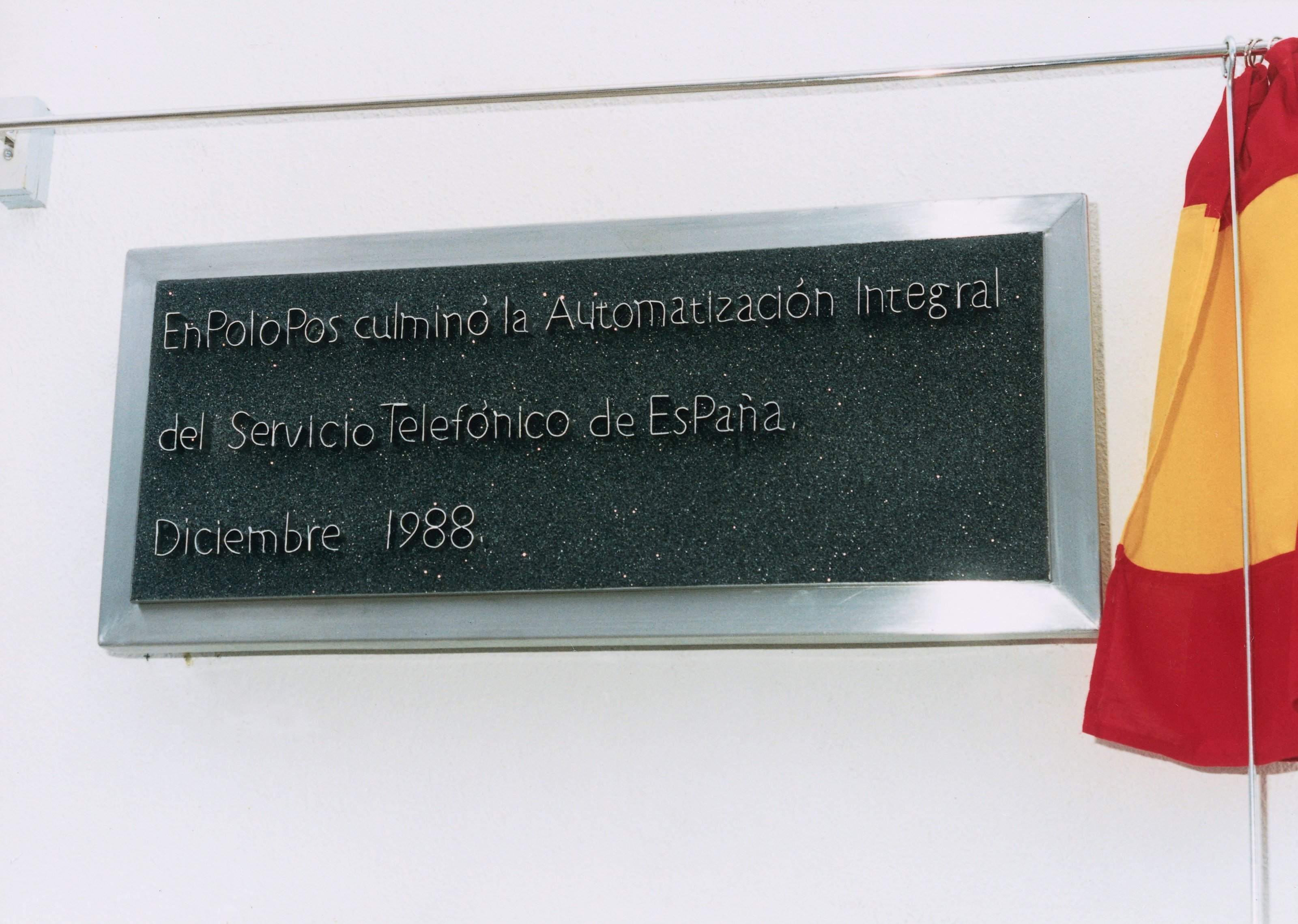
Telefónica I+D is born
02
Innovation is unstoppable at Telefónica. Since its inception as a company, anticipation and the exploration of new ways to achieve better results has been the company's DNA. Years earlier, the research and development of new products and solutions was concentrated in the CIE (Centre for Research and Studies). But it is not until 1988 that it is decided to implement all this work in a stable and exclusive centre: Telefónica I+D is born. The first major challenge for the new subsidiary would come in the same year. More than 500 engineers and an ambitious budget of 8,000 million pesetas (around 50 million euros) were used to develop a major technological project, the evolution of Telefónica's data network, from the IBERPAC network to the new TESYS B to meet the ever-increasing demand in a market, the data market, which was beginning to explode.
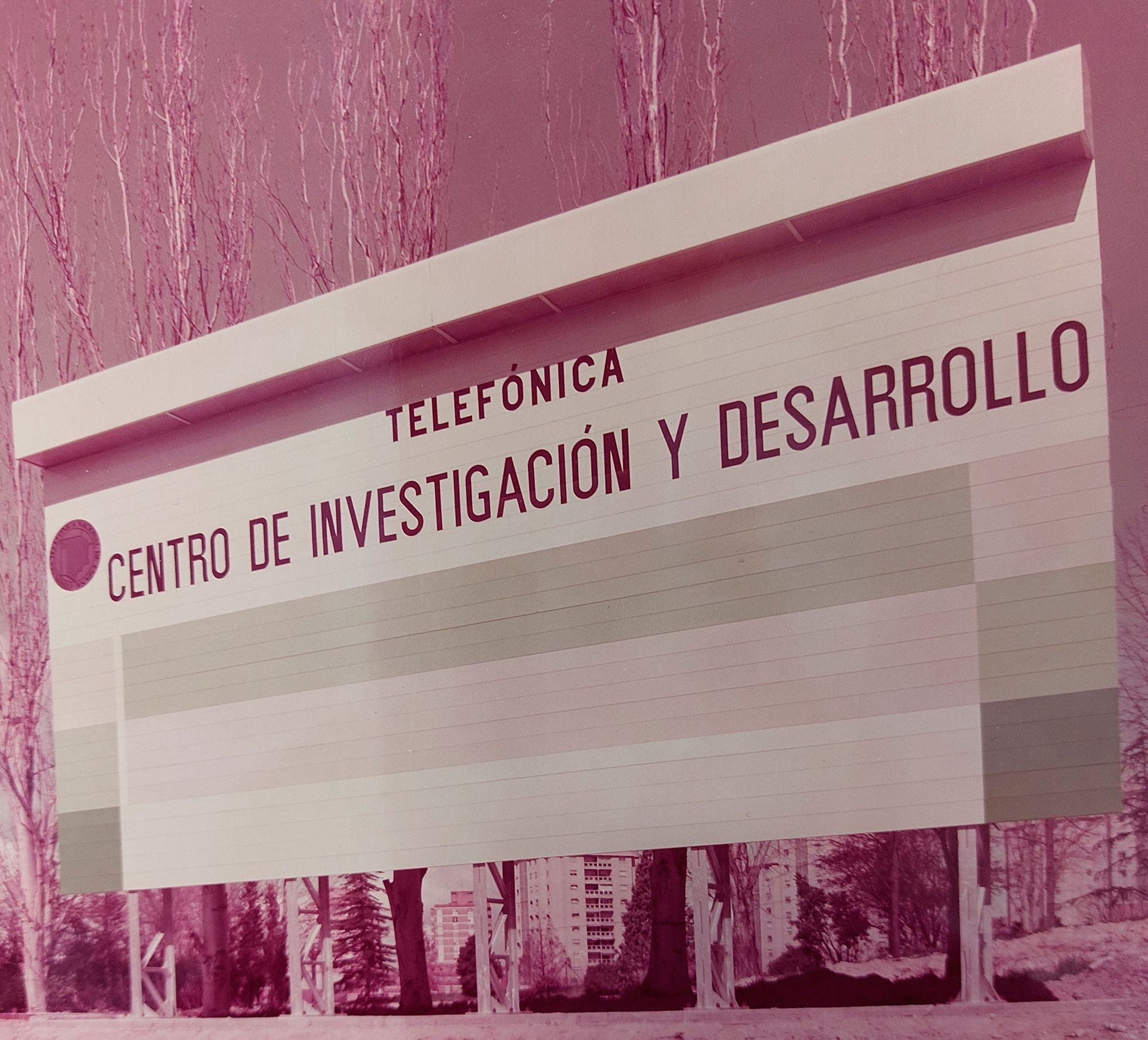
A year of inflection
03
Demand is growing exponentially, especially in the business sector. The number of lines ordered is up almost 20% on the previous year, and each line consumes on average 8.6% more than last year. The economic outlook is promising, international expansion is beginning to appear, the network is being modernised and telecommunications are reaching a level of penetration never seen before in Spanish society. All this invites Telefónica to consider 1988 as the start of a new stage in which the technological gap between Spain and its neighbouring countries begins to narrow at full speed.
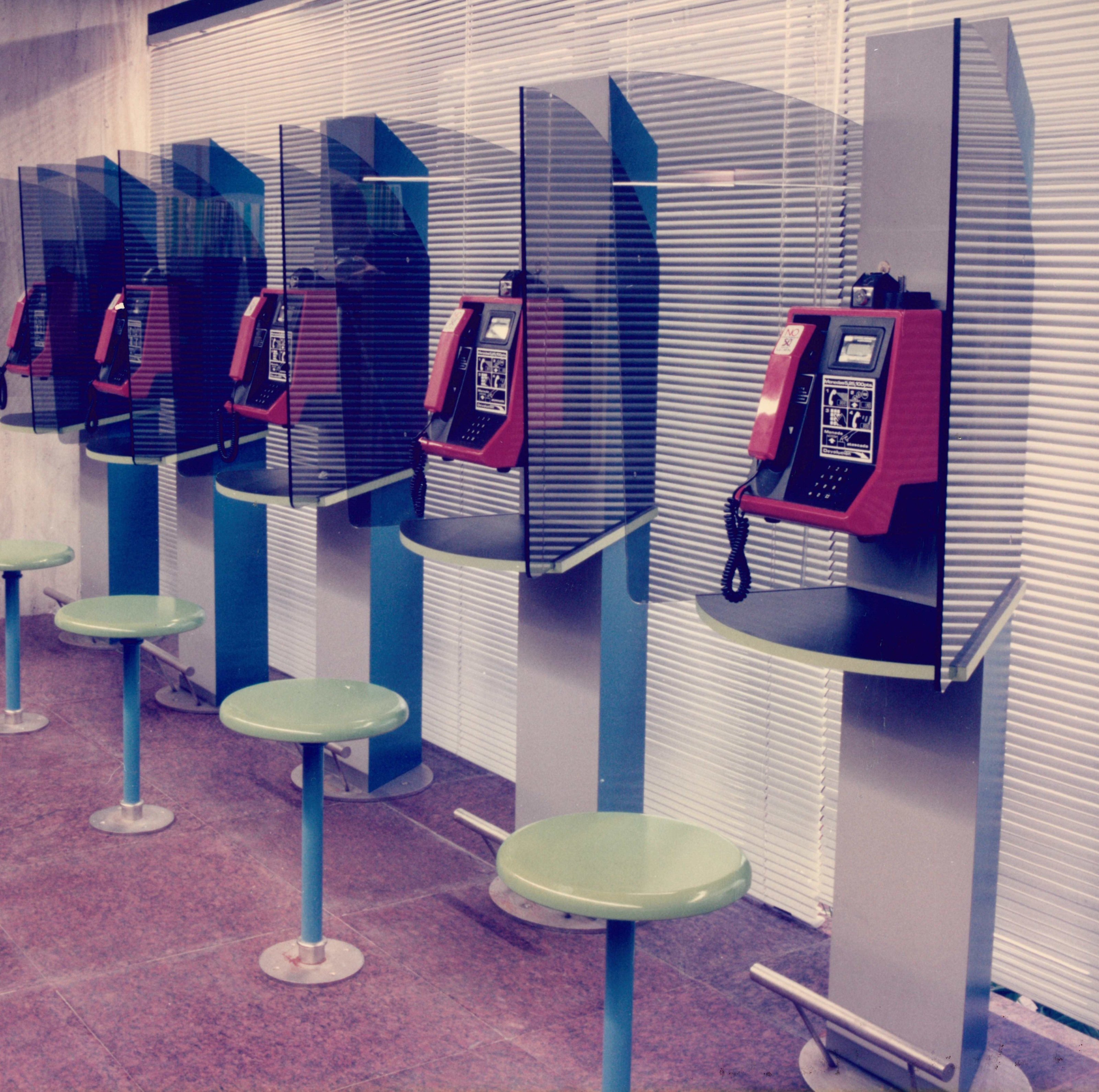
Do you have doubts about what happened?
Ask Aura